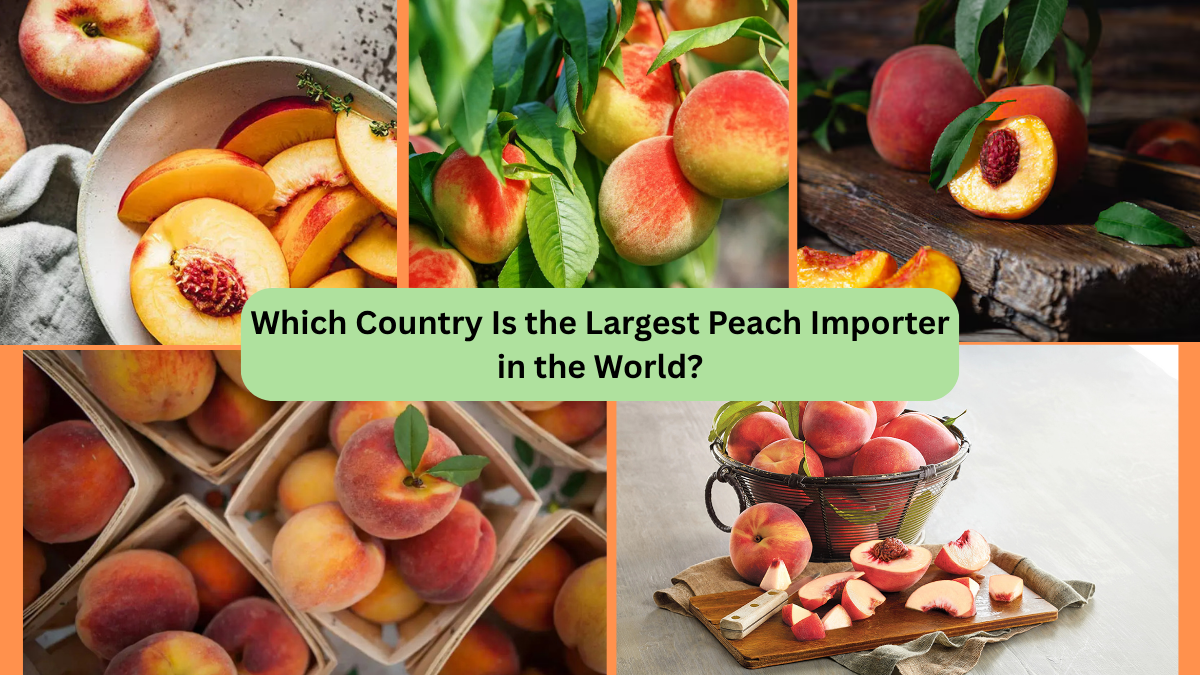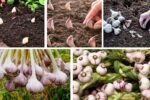Peaches, with their velvety skin, sweet aroma, and juicy flesh, are among the world’s most cherished fruits. Originating in China thousands of years ago, peaches have traveled across continents and cultures, becoming a beloved ingredient in desserts, drinks, jams, skincare, and medicinal uses. Today, their global demand extends far beyond the regions where they naturally grow, creating a thriving international trade network. But have you ever wondered which country imports the most peaches in the world?
In this article, we’ll uncover which country is the largest peach importer, explore the reasons behind this trend, analyze global trade flows, and look at what’s driving the growth in peach consumption worldwide.
A Global Overview of the Peach Market
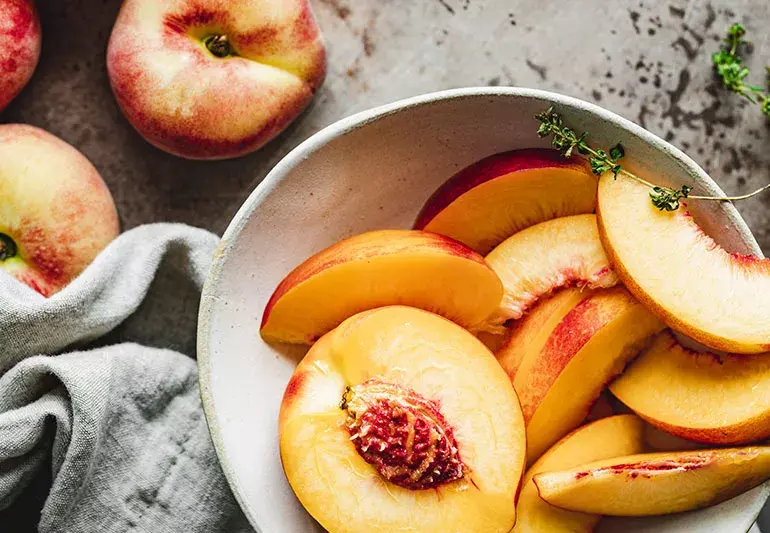
Peaches, categorized under CITRUS WP Code 080930, include both fuzzy-skinned peaches and smooth-skinned nectarines. In 2023, global imports of fresh peaches and nectarines reached approximately 1.7 million metric tons, with an estimated trade value of US $2.7 billion.
The global peach market has seen fluctuations over the years due to climatic changes, agricultural diseases, trade barriers, and shifting consumer preferences. Nevertheless, international demand has consistently remained strong, especially in countries where domestic production can’t satisfy year-round consumption.
Which Country Is the Largest Peach Importer in the World?
According to the latest trade data from FAO, UN Comtrade, and IndexBox, Russia currently holds the position as the largest peach importer in the world.
Russia’s Peach Import Stats:
- Annual Imports: Approximately 275,000 metric tons (2023)
- Share of Global Imports: Around 16%
- Import Value: Roughly $400 million USD
This puts Russia comfortably ahead of other major importers like Germany, France, Italy, and China.
Why Is Russia the Top Peach Importer?
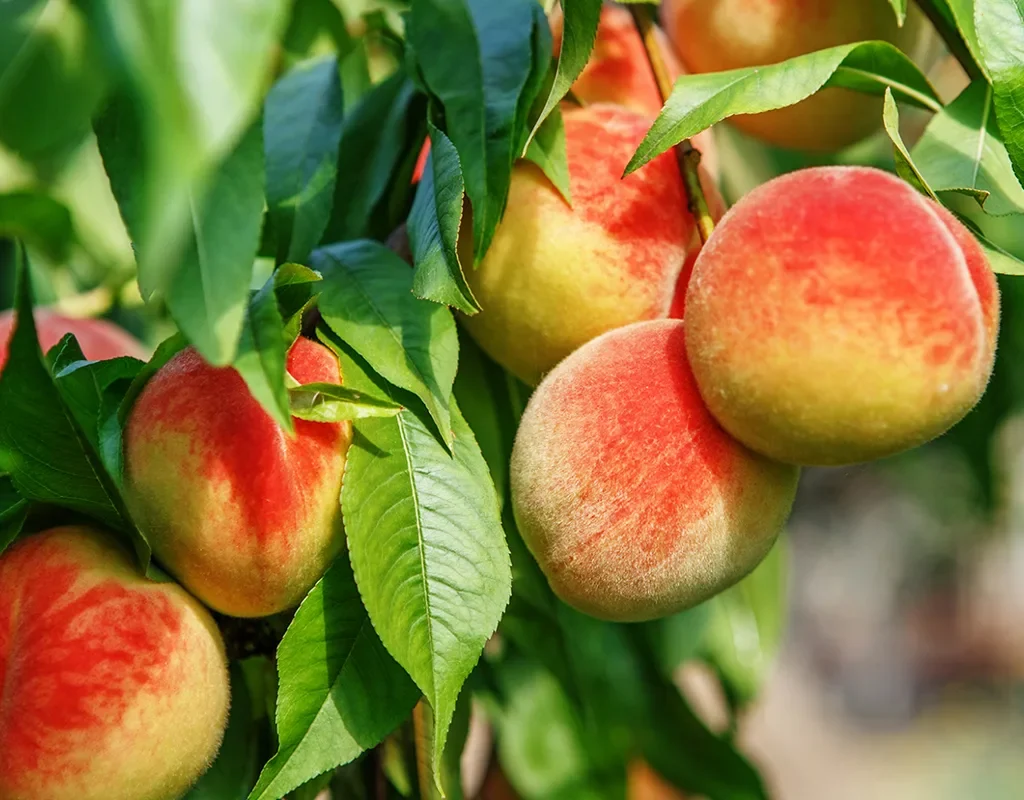
Several key factors explain Russia’s position as the world’s largest peach importer:
Limited Domestic Production
Russia’s cold climate and short growing season mean that large-scale commercial peach farming is confined to limited areas like Krasnodar Krai and the southern regions near the Black Sea. As domestic production meets only a fraction of the national demand, imports are essential.
High Consumer Demand
Peaches are immensely popular in Russia, both as fresh fruit during the summer and in processed forms like jams, desserts, preserves, and pastries throughout the year.
Dependence on Neighboring Exporters
Russia imports a significant portion of its peaches from nearby countries, particularly Turkey, Uzbekistan, and Azerbaijan. These nations benefit from close geographical proximity, competitive pricing, and suitable climates for peach cultivation.
Year-Round Market Demand
Since local peaches are only available for a few months, imports from the Southern Hemisphere (e.g., Chile, South Africa) and Mediterranean countries fill supermarket shelves during the off-season.
Other Major Peach-Importing Countries
While Russia tops the list, several other countries import substantial quantities of peaches each year. Here’s a look at the world’s leading peach importers based on recent data:
| Rank | Country | Annual Imports (Metric Tons) | Import Value (USD) |
|---|---|---|---|
| 1 | Russia | 275,000 | $400 million |
| 2 | Germany | 235,000 | $370 million |
| 3 | France | 134,000 | $216 million |
| 4 | Italy | 105,000 | $160 million |
| 5 | Poland | 77,000 | $125 million |
| 6 | United Kingdom | 67,000 | $112 million |
| 7 | Iraq | 54,000 | $98 million |
| 8 | China | 51,000 | $95 million |
| 9 | Canada | 46,000 | $90 million |
| 10 | Ukraine | 44,000 | $80 million |
Notably, countries in Europe collectively represent a significant portion of global peach imports, driven by consumer preference for fresh, seasonal produce and processed peach products.
Germany: Europe’s Largest Peach Importer

Germany ranks as Europe’s biggest peach importer, bringing in around 235,000 metric tons annually. The country relies on imports due to:
- Limited domestic peach production in regions like Baden-Württemberg.
- A strong consumer demand for fresh fruits, juices, jams, and desserts.
- Close trade relationships with Spain, Italy, and Greece, which are key suppliers of fresh peaches to Germany.
Key Peach Exporters Supplying Global Markets
Several countries lead in peach production and export:
- Spain: The largest peach exporter globally, with shipments mainly to European nations.
- Turkey: A primary supplier for Russia, the Middle East, and Central Asia.
- Italy: Another major European exporter, particularly for premium-quality peaches.
- Chile and South Africa: Leading suppliers to markets during the Northern Hemisphere’s winter months.
Global Peach Import Prices and Market Trends
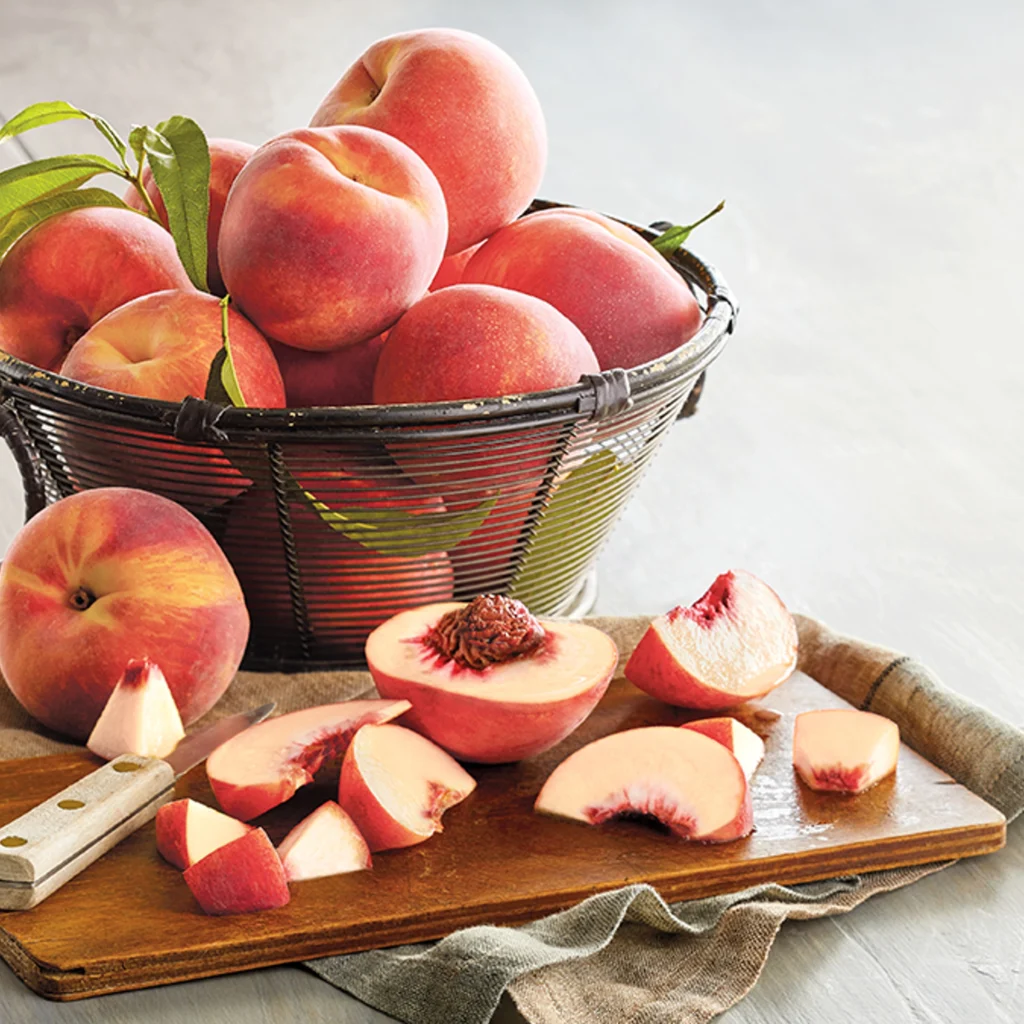
In 2023, the average global import price for fresh peaches was about $1,574 per ton. Prices vary significantly between countries due to factors like:
- Transportation and logistics costs
- Tariffs and trade agreements
- Quality and variety of the fruit
- Seasonal availability
For example:
- Hong Kong SAR recorded the highest import price at around $2,414 per ton.
- Iraq had one of the lowest at approximately $829 per ton.
Peach Import Seasonality
Fresh peach imports typically peak between May and September in the Northern Hemisphere. During the off-season, countries rely on Southern Hemisphere suppliers like Chile, South Africa, and Argentina to ensure year-round availability in supermarkets and wholesale markets.
Processed Peach Products: A Booming Sub-Market
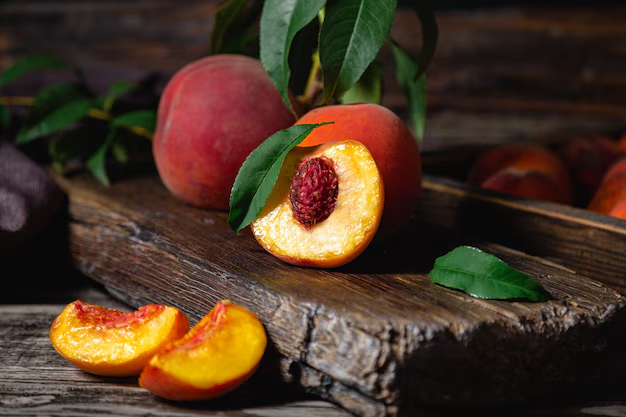
Besides fresh peaches, global demand for processed peach products like:
- Canned peaches
- Peach jams and marmalades
- Peach concentrates and purees
has also risen steadily. In 2023, the processed peach market exceeded US $954 million globally, with key exporters including Greece, China, Spain, and Chile.
Factors Driving Peach Import Growth
Several trends are fueling the global growth in peach imports:
Rising Urbanization and Disposable Income
As more people move to cities and incomes rise, demand for fresh and exotic fruits increases, especially in countries with limited domestic production.
Growing Health Awareness
Peaches, rich in vitamins A and C, antioxidants, and fiber, are gaining popularity as part of healthier diets and wellness trends.
Expanding Foodservice Sector
Restaurants, hotels, juice bars, and cafes worldwide use peaches in a range of dishes, beverages, and desserts, contributing to higher bulk imports.
Advancements in Cold Storage and Logistics
Improved cold-chain infrastructure allows peaches to be transported over long distances while retaining their freshness and flavor.
Future Outlook: Where Is the Market Headed?
Industry analysts forecast steady growth in global peach trade over the next decade. Import demand is expected to rise in Eastern Europe, Asia-Pacific, and the Middle East, with emerging markets like China, India, and Iraq showing strong growth potential.
Russia is predicted to retain its position as the world’s largest peach importer, though new markets may begin narrowing the gap as global production and logistics improve.
Conclusion
In summary, Russia stands as the largest peach importer in the world, importing around 275,000 metric tons annually. Driven by limited domestic production, strong consumer demand, and close trade ties with neighboring suppliers, Russia leads a group of major peach-importing nations that includes Germany, France, Italy, and China.
The international peach market is thriving, fueled by health-conscious consumers, expanding food industries, and improved global trade networks. As demand grows and new markets emerge, the global peach trade is set for steady, flavorful growth for years to come.
